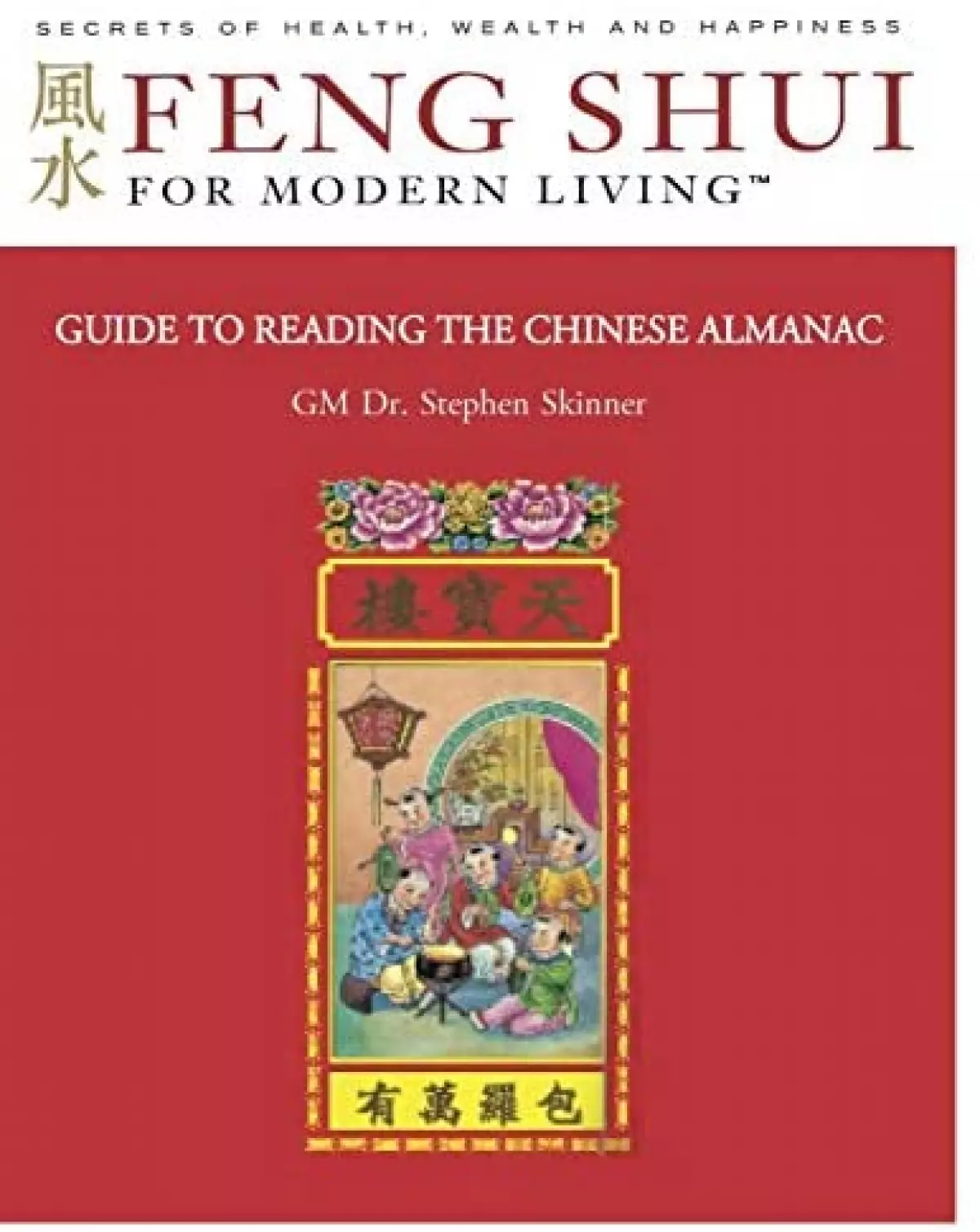Are you curious about the secrets of feng shui ? One of the essential tools for authentic Feng Shui practitioners is the Luo pan, also known as the lo p'an. In this article, we will uncover the significance of the 24 Mountains or directions on the Feng Shui compass and how they shape the practice of classical Feng Shui.
Understanding the 24 Mountains: A Fusion of Chinese Astrology and Bagua Systems
For the untrained mind, comprehending the 24 Mountains can be challenging. These directions are derived from the combination of Chinese Astrology (BaZi) and the Bagua system. Each of the eight compass directions (North, South, East, West, North-East, South-East, North-West, and South-West) represents a specific area of influence.
The Luo pan, divided into 45-degree sections, assigns each cardinal and sub-cardinal direction a 15-degree subsection called a Mountain. By multiplying the eight compass directions by three sub-sections, we arrive at the grand total of 24 Mountains. These Mountains hold vital information about the building, its occupants, and the impact of the surrounding landscape.
The Intricate Naming System of the 24 Mountains
The names of the 24 Mountains are derived from the BaZi and Bagua systems, deeply rooted in Chinese Metaphysics. They combine the 12 Earthly Branches (Zodiac Animals) and eight of the 10 Heavenly Stems to create a comprehensive framework for analysis. Each Earthly Branch and Heavenly Stem corresponds to a specific Mountain and compass direction, providing valuable insights into the Feng Shui assessment.
Please note that this article uses the Hànyǔ Pīnyīn transcription system, commonly found on modern Luo pans.
The 12 Earthly Branches:
- Rat (Zi 子) - North
- Ox (Chou 丑) - North East
- Tiger (Yin 寅) - North East
- Rabbit (Mao 卯) - East
- Dragon (Chen 辰) - South East
- Snake (Si 巳) - South East
- Horse (Wu 午) - South
- Goat (Wei 未) - South West
- Monkey (Shen 申) - South West
- Rooster (You 酉) - West
- Dog (Xu 戌) - North West
- Pig (Hai 亥) - North West
The 8 Heavenly Stems:
- Yang Wood (Jia 甲) - East
- Yin Wood (Yi 乙) - East
- Yang Fire (Bing 丙) - South
- Yin Fire (Ding 丁) - South
- Yang Metal (Geng 庚) - West
- Yin Metal (Xin 辛) - West
- Yang Water (Ren 壬) - North
- Yin Water (Gui 癸) - North
The Bagua System:
The Bagua system introduces four Trigrams or Gua, which anchor the sub-cardinal directions and complete the 24 Mountains:
- Qian Gua (乾) - North West
- Kun Gua (坤) - South West
- Gen Gua (艮) - North East
- Xun Gua (巽) - South East
Understanding the origin and specific positioning of the 24 Mountains on the Luo pan unveils their significance. Moreover, recognizing whether each Mountain holds Yin or Yang energy plays a crucial role in Feng Shui analysis.
Decoding the Yin-Yang Polarity and Arrangement of the 24 Mountains
Each compass direction consists of three 15-degree sub-sections or Mountains. These Mountains are numbered 1, 2, or 3 based on their Yin or Yang nature and their arrangement of Earth, Heaven, and Man.
The center position in each Gua (direction) is occupied by Heaven (sky), the right by Earth (ground), and the left by Man (people). In the four cardinal directions (North, South, East, and West), the Earth position represents Yang, while Heaven and Man signify Yin.
For the four sub-cardinal directions (North-East, North-West, South-East, and South-West), the Earth position represents Yin, while Heaven and Man symbolize Yang. On most Luo pans, Yang positions are marked in red, while Yin positions are marked in black, aiding practitioners in their analysis.
By utilizing the 24 Mountains distributed around the 360 degrees of the Luo pan, practitioners not only determine a building's direction but also identify its type and make adjustments according to the San He or San Yuan systems of Feng Shui.
The Power of the Luo pan and the Flying Star Technique
The Flying Star method is among several popular techniques used by practitioners from the San Yuan system. This method combines time, direction, and the impact of the external environment on a building's internal energies.
The combination of the Luo pan and Flying Star technique allows practitioners to decipher the directional influences present in a building. By identifying the building's configuration or category and modifying external forms or internal function, practitioners can optimize the existing arrangement of timely energies. This, in turn, helps individuals find favorable locations for their homes and design living spaces that support a happy, healthy, and successful life.
In this methodology, the presence of a timely Water Star, representing wealth, at the front door is considered ideal. Furthermore, if the building faces water or open ground (virtual water), it can bring prosperity to the business or household. Similarly, a timely Mountain Star, governing human harmony, should ideally be located at the rear of the premises. Having a hill, tall tree, or multi-storied building (virtual mountain) here supports and contains precious ch'i (energy), enhancing the occupants' health, productivity, career, relationships, and overall well-being.
The Four Building Configurations
Through the use of the Luo pan and Flying Star method, practitioners can identify four main building configurations:
-
On Mountain & On Water: This is the most desirable configuration, with water or open ground at the front of the dwelling, supporting a timely Water Star. A tall form or structure behind the dwelling supports a timely Mountain Star, symbolizing good fortune and harmony.
-
Up Mountain & Down Water (Reverse Riding the Dragon): In this configuration, a timely Mountain Star is located at the front of the dwelling, while a timely Water Star is positioned at the rear. These buildings are generally considered inauspicious, as both Stars are not in their correct position, potentially leading to health and financial issues. However, with skillful manipulation of external forms, a well-trained practitioner can improve the fortunes of the dwelling and its occupants.
-
Double Stars In Front: This configuration refers to the timely Water and Mountain Stars appearing at the front of a dwelling, also known as the Facing Palace. Although having both Stars at the front is favorable, enhancing this scenario with water features (such as fountains or ponds) and distant mountains (such as tall trees or structures) can further elevate wealth and human harmony for the occupants.
-
Double Stars Behind: This configuration occurs when both the timely Water and Mountain Stars are located at the rear of a dwelling, known as the Sitting Palace. To optimize this scenario, a strong mountain form (such as a tall tree, fence, or structure) and water elements (such as a pond, fountain, or swimming pool) at the rear enhance human harmony and prosperity for the occupants.
The Luo pan serves as a critical tool in classical Feng Shui practice, holding a wealth of information within its concentric rings and Mountains. By using this tool and the Flying Star technique, practitioners can create supportive and harmonious environments that empower individuals to live their best possible lives.















